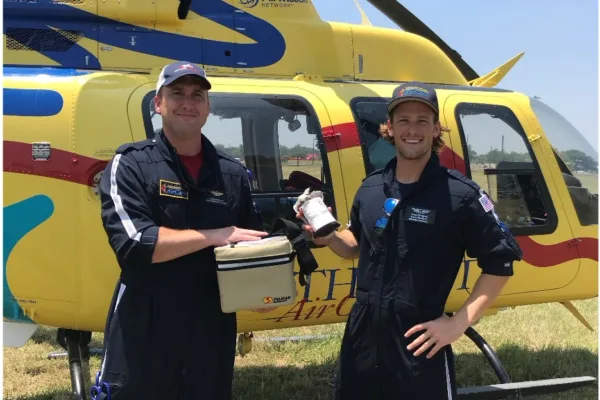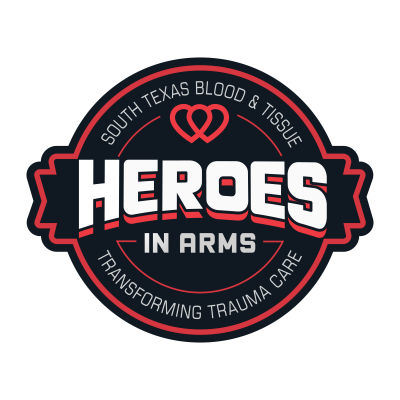Regional Whole Blood Program

The STRAC Regional Whole Blood Program is a consortium of multi-disciplinary, multi-institutional members. Members include South Texas Blood and Tissue Center; Regional Trauma Centers, including University Health and Brooke Army Medical Center; and Regional EMS agencies, both ground and air. This program is the national leader in pre-hospital whole blood with the mission to reduce pre-hospital death due to hemorrhage. This program has extended damage control resuscitation capabilities to all levels of care within the STRAC region while keeping costs down, establishing a robust blood donor pool, and keeping blood wastage rates due to expiration below the national average.
If you are interested in joining the STRAC Whole Blood program, please Contact Us.

You Know Why... Now Learn How
The STRAC Regional Whole Blood Consortium presents a novel model for the development of a Low-Titer O-Positive Whole Blood (LTOWB) program. This program provides participants an example of how to augment remote damage control resuscitation strategies; and how to integrate and collaborate with multi-disciplinary stakeholder teams, within a trauma system, to optimize efficiency, performance, and safety of a LTOWB program.
The National Whole Blood Academy is presented in beautiful San Antonio, Texas. This two-day event encompasses didactic presentations from LTOWB subject matter experts discussing real-world wins, challenges, and obstacles experienced during the development and implementation of this program.
Ideally, anyone and everyone involved in providing pre-hospital whole blood to patients (Paramedics, Department Chiefs, Training Officers, Blood Bankers, Trauma Surgeons) attend together to promote collaboration and system building.
January 7-8, 2026
Committees and Workgroups
Regional Whole Blood Committee
Whole Blood In The News
Participating Organizations
Publications
| Title | Summary | Categories | Creation Date | Link | hf:doc_categories |
|---|
Frequently Asked Questions
Low anti-body titer cold stored O+ whole blood is an FDA licensed and AABB approved blood product for administration in emergency release situations when other blood products are unavailable and/or the patient’s blood type is unknown. It is the unit of blood drawn from the donor which has been tested like any other blood product and a preservative is added (just like any other blood product) so it contains the red cells, plasma, platelets and white cells from the donor just like it was when it was circulating in their veins.
Our study of our patients indicate that waiting until a patient gets to the hospital to give the first transfusion has a very high death rate (over 70%). Cold stored whole blood can safely provide oxygen carrying capacity and restore coagulation at the same time.
No. This was the only blood product available from the inception of blood transfusion into the 1970’s. Patient transfusion risks actually decrease since they are receiving a transfusion from one donor source instead of three.
Each bag contains roughly 520 cc of total volume. Equivalent to 1 unit of PRBCs and 1 FFP.
Cold stored whole blood contains plasma and platelets.
Logistics. The effective shelf life of platelets, the number one coagulation factor needed by bleeding trauma patients, is three days. Patients bleed whole blood; we replace it with whole blood.
No. It is also not leukocyte reduced.
Yes, it should be. It can be used through all FDA approved warming/infusion devices.
Yes. Platelet function in cold stored whole blood on day 35 is the same as platelet function in a regular unit on day 5 when it must be used or discarded.
In the traditional sense, no, because it is Rh+, not Rh-
Yes. The risk benefit to the patient favors risk of antibody formation versus death due to hemorrhage.
You should consult with your transfusion medicine and/or obstetrics expert.
Children under the age of three probably should not get emergency release whole blood due to the development of their immune system.
The same kind of reactions that can occur during transfusion of any blood product.
No. Administration is the same as with all other blood/blood products.
In small quantities, no. However, just as with any uncrossmatched, emergency release blood product, this issue can arise if the patient gets replacement of their full blood volume. It is typically not a life threatening condition.
Yes
